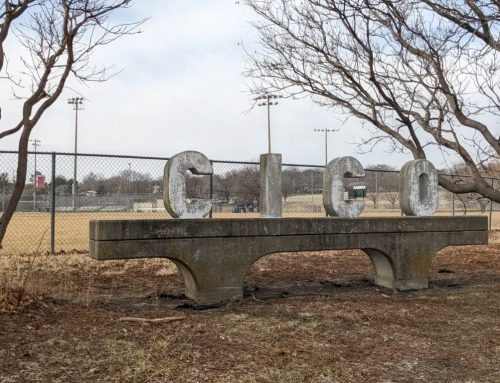About 55 miles of historic fences exist along a route in the Flint Hills, identified as the Native Stone Scenic Byway. Mary Mertz belongs to a group dedicated to preserving the structures. She describes a fundraiser at The Lazy T Ranch on September 10th.
Mertz says crafters, artists, authors, photographers, and florists are offered free space to set up a table, and there is still room. Use Facebook messenger to contact them. She says the funds are use to preserve local history.
In 1867, a law to protect crops, abolished the open range on the prairie, and provided 40 cents per rod, which is 16 1/2 feet, to landowners. The Flint Hills Region largely rests on limestone; and early settlers used the abundant material by stacking larger flat stones with smaller stones filling gaps and steadying the fences, which were required to be 4 1/2 feet tall. No mortar is used, making regular maintenance important. Along the scenic route, there are also buildings, bridges, and walls made of native limestone.
The Lazy T Ranch will host A Celebration of the Flint Hills on September 10th. The fundraiser will help restore, renovate, and rebuild the historic fences throughout the region. More information is available at the Native Stone Scenic Byway page on Facebook.









